
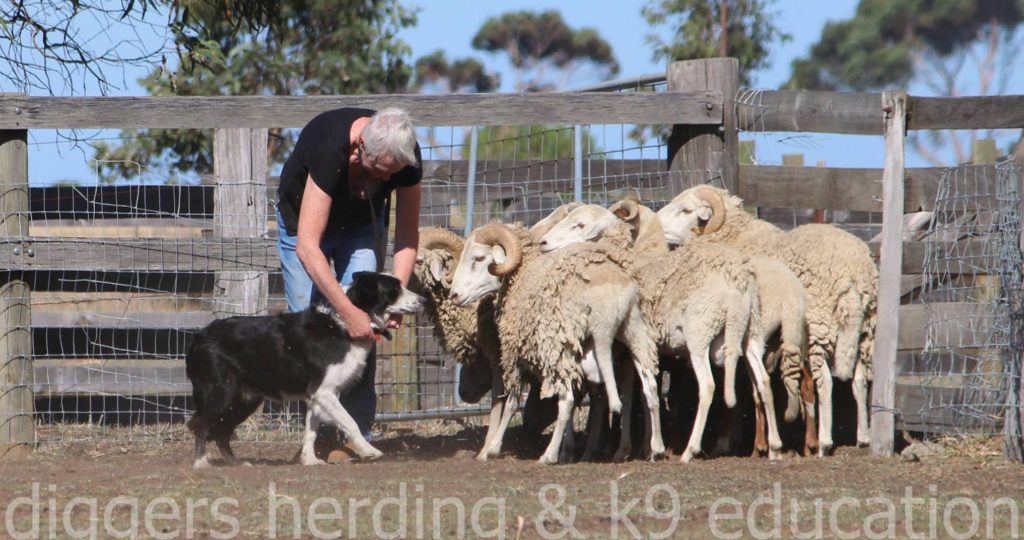
Around five thousand or more years ago we began selectively breeding the herding dog.
Our canine companions at this time would have shown some inherent behavioural traits or motor patterns that we would have seen as being useful in keeping the shee \p herd together and moving in the direction needed.
These behaviours or predatory drive motor patterns, would have only been displayed by our domesticated canine ancestor’s when they were hungry. By selective breeding we hypertrophied desired herding motor patterns and the canine’s impulse reactions to develop a canine that we know today as the sheepdog or herding dog.
Fast forward to 2017 we have a plethora of herding breeds; kelpies, border collies, koolies, bearded collies, briards, Australian Shepherds, Cattle dogs to name a few.
These dogs now display predatory motor patterns or “work”, not because they’re hungry, but because they have been “hard wired” to react to lower stimuli like movement, sound or smell.
In the dog training world we call this “high prey drive”. The dog goes into prey drive not only on exposure to prey animals but to anything that the dog associates with its’ predatory drive like cars, bikes, vacuum cleaners, brooms, flashing lights, shadows and in some cases their own tail.
To a herding dog, predatory drive is addictive, they love it. The lower stimulus threshold means that whenever something moves or squeaks – endorphins, which have morphine-like effects on the body, are released making them feel like a super dog. The lower pain threshold and higher energy level is a great feeling to them, but to us it can be a behavioural problem.
This is because when your dog associates an object with the predatory drive endorphin rush, they will always continue to do so, and this is where behavioural problems like car, bird or shadow chasing becomes a problem. Our instant reaction is to correct or punish the unruly chasing behaviour but the predatory drive endorphins aren’t going anywhere and they will be soon be displayed on something else.
By punishing the behaviour the dog soon sees us as the party pooper, the one who stops the good feeling and the one who should be avoided when chasing something…..sound familiar?
Your herding dog has been bred to chase, eye, stalk, head and maybe even nip anything that moves for over five thousand years. They have an inherent biological high prey drive, some more so than others. It is our jobs as herding dog guardians to ensure our dogs have some form of controlled biological fulfilment.
This not only allows the dog to be what they were designed / bred for but also helps us gain control of them in the drive that causes the most problems for so many herding dog guardians. It is an important way to help keep boredom and anxiety at bay as well.
Play training, controlled ball and Frisbee training, which I love, are some ways you can let your dog experience their prey drive, but if you really want your dog to experience full biological fulfilment, take them herding!
About the Author: David Higgins runs the Diggers Herding and K9 Education centre in Sunbury, Victoria, where dog owners can learn about canine behaviour and training, as well as participate in Herding Training Workshops with their dogs. Visit DiggersHerding.com

The benefit of interactive toys for dogs
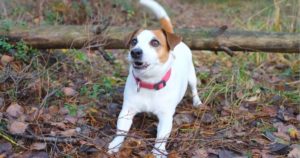
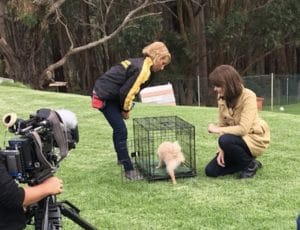
The benefits of crate training your dog
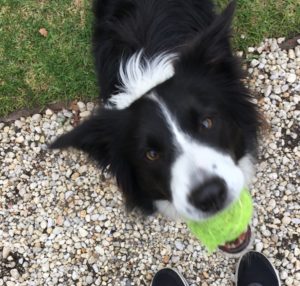
Does your dog have a ball obsession?

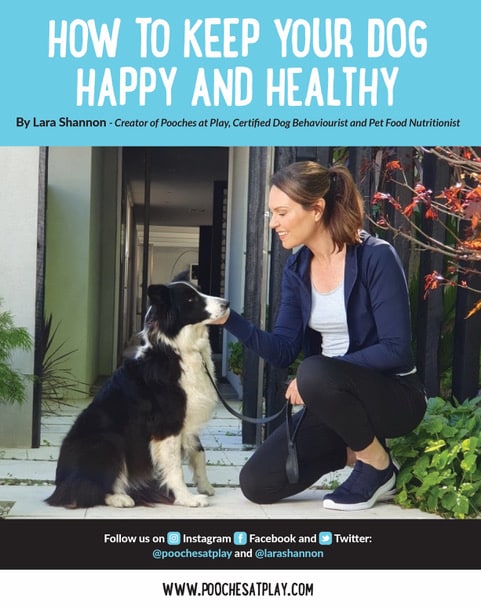
Receive a FREE copy of the E-Book “How to Keep your Dog Happy & Healthy”


Get your paws on Lara Shannon’s best selling books ‘Eat, Play, Love (your dog) and World of Dogs.
Available in Australia, USA, UK and Canada.